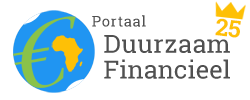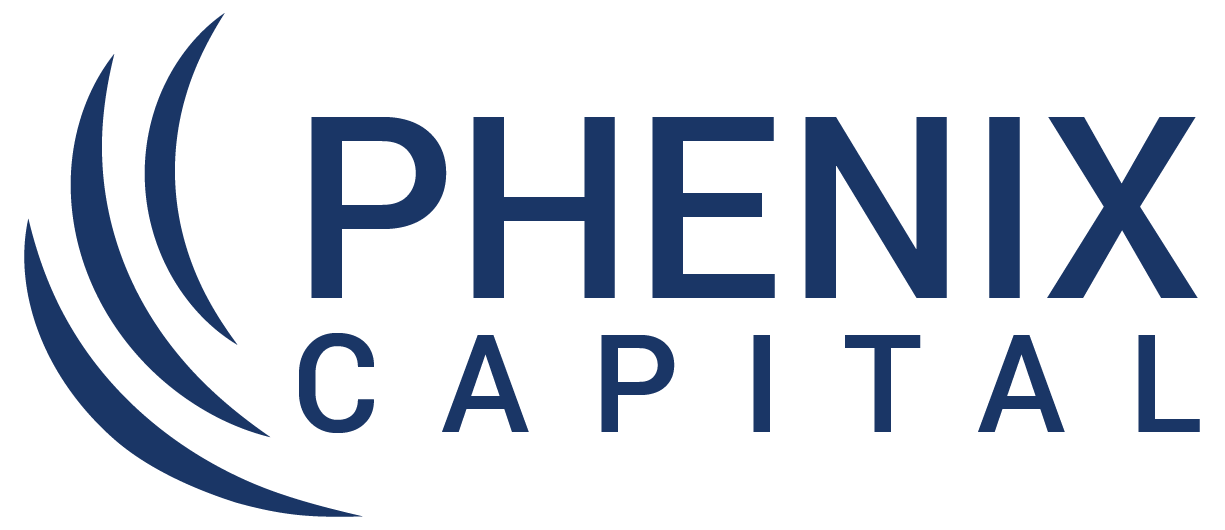There is little debate that massive deployment of private sector funds is needed to successfully reach the Sustainable Development Goals by 2030. It is also clear that the largest part of this capital is in the hands of institutional asset owners, such as pension funds and insurance companies. Hence, the most straightforward way in reaching the SDGs by 2030 is to engage institutional asset owners in allocating their funds towards impact investments aligning to these SDGs.
Since 2015, many institutions, including Dutch pension fund giants PFZW, ABP and PME, have made their pledges to the SDGs, yet there is still a mismatch in the amount of capital invested and the amount required for sustainable development. [1]
Asset owners, such as pension funds, insurance companies and other institutional investors often explain that the number of suitable investment solutions that fit their requirements is too limited. Phenix Capital works with asset owners to assist them on their impact investment strategies in order to catalyse traditionally invested assets towards impact investments. Also asset managers that provide impact investments are assisted in building productive relationship with potential investors. Having been connecting the worlds of asset owners and asset managers for more than 6 years now, we feel it is important to explain why institutional asset owners see very few investment solutions satisfying their requirements.
Institutional asset owner investment requirements are put in place to benefit the structure of their beneficiaries. Each institutional asset owner has a fiduciary duty to its beneficiaries and clients to deliver a specific return at a certain point in future. To fulfil this duty, each asset owner sets its own set of requirements that ensure that the return of the various beneficiaries is achieved, at a maximum allowable risk. Requirements are set on both strategic and tactical asset allocation and each potential investment needs to satisfy them. This is the reason why the majority of traditional investment funds (those that actually receive the funding from institutional asset owners) are set up in a similar way. Specific legal, operational and governance requirements apply to different asset classes and any deviation is not well received. In addition, a regulator on a supra-national or national level takes care that an asset owner does not engage into any investment activities that would undermine its fiduciary duty.
In such a regulated and detail-oriented environment, it is obvious that there is little room for introducing innovative structures that are praised within the sustainable development community.
One of the most transformative changes that can be employed to counter the mismatch is to reverse the process of product engineering. Instead of developing products with limited consultation from investors, resulting in sub-optimal product launch or even a failure, a switch to a so-called “demand-driven” economics is needed. Investors searching for investment opportunities would need to specify product characteristics, enabling fund managers to structure investment solutions according to the real investor appetite, which would likely reduce cost for the benefit of both parties.
A potential way to achieve this is to have institutional asset owners publish their mandates guidelines and requirements. That would not undermine their fiduciary duty but instead help them find investments that fit specific requirements, effectively matching supply and demand more efficiently.
However, if such an approach would be too demanding for asset owners, or would interfere with the regulatory requirements, another way forward could be the introduction of a consultation process between asset owners and asset managers in early-stage product development in order to secure the maximum alignment of both parties and shortening of the development cycle. Today, it usually takes a couple of years for asset managers to raise capital for a new product. With this pace and usual fund timelines of 10 years[2], a fund that would be launched right now, would raise capital in 2021 and distribute the profits to its investors in 2031 delivering economic, social and environmental development to investment beneficiaries in, hopefully, the same time. This is one year after the expected deadline for reaching the SDGs.
To speed up the process of raising capital, asset managers would save costly time by including asset owners in the product development phase to better incorporate mandate guidelines and take into account asset owner’s constraints and requirements.[3]
For successfully launched products that fit asset owner mandate guidelines, governance requirements and contribute to sustainable development more appraisal and positive marketing in both the investment and development would make sense. These products have demonstrated to satisfy institutional requirements and more of similar products would be very much welcomed by the institutional asset owner community. Asset owners that have invested in the product could share experiences by explaining their decision process to others. Moreover, any negative feedback is also essential so time and money is not wasted.
Sharing best practices should be the new normal, especially for the vital investment opportunities impact investment are. As should continuous communication between asset owners and asset managers in early stages of product development. The real estate investment industry repeats the importance of ‘location, location, location’ for a successful real estate investment, the impact investment industry should repeat ‘cooperate, cooperate, cooperate’ as its mantra.
Until now, cooperation has only been pursued, encouraged and initiated by investment networks and various industry associations. It is, however, still lacking between two major players in the investment industry, asset owners and asset managers. A product workshop at the Impact Summit Europe 2018 held in The Hague recently, showed that both of them are ready to cooperate and want to resolve the issue of slow capital deployment towards reaching Sustainable Development Goals.
By having the main industry players talking to each other, the progress towards reaching Sustainable Development Goals would be much more tangible.
Authors: Sophie Robé, CFA, PhD together with Bruno Besek and Dirk Meuleman, CFA, CAIA, all from Phenix Capital
[1] E.g. one of the 5 biggest Dutch pension funds pledged to commit approx. €5bn to Sustainable Development Goals by 2020 which is one of the largest commitment by now. This includes investments that the fund has already made in the past, effectively reducing its remaining investment to approx. €1bn by 2020 (since this announcement has been made in 2017, this would mean €250mln annually). SDG financing gap requires new investments of $2.5trn annually. By applying the exchange rate between euro and dollar, a Dutch pension fund is covering 0.012% SDG financing gap annually till 2020.
[2] The usual time period of a private equity fund is 10 years + extensions.
[3] A portfolio manager working at a pension fund might take a look at more than 100 investment funds throughout the year before she decides to invest in 2 to 3 at most. A consultation process between asset owners and asset managers in the product development phase would save time to both the portfolio manager and an asset manager looking to raise capital.







